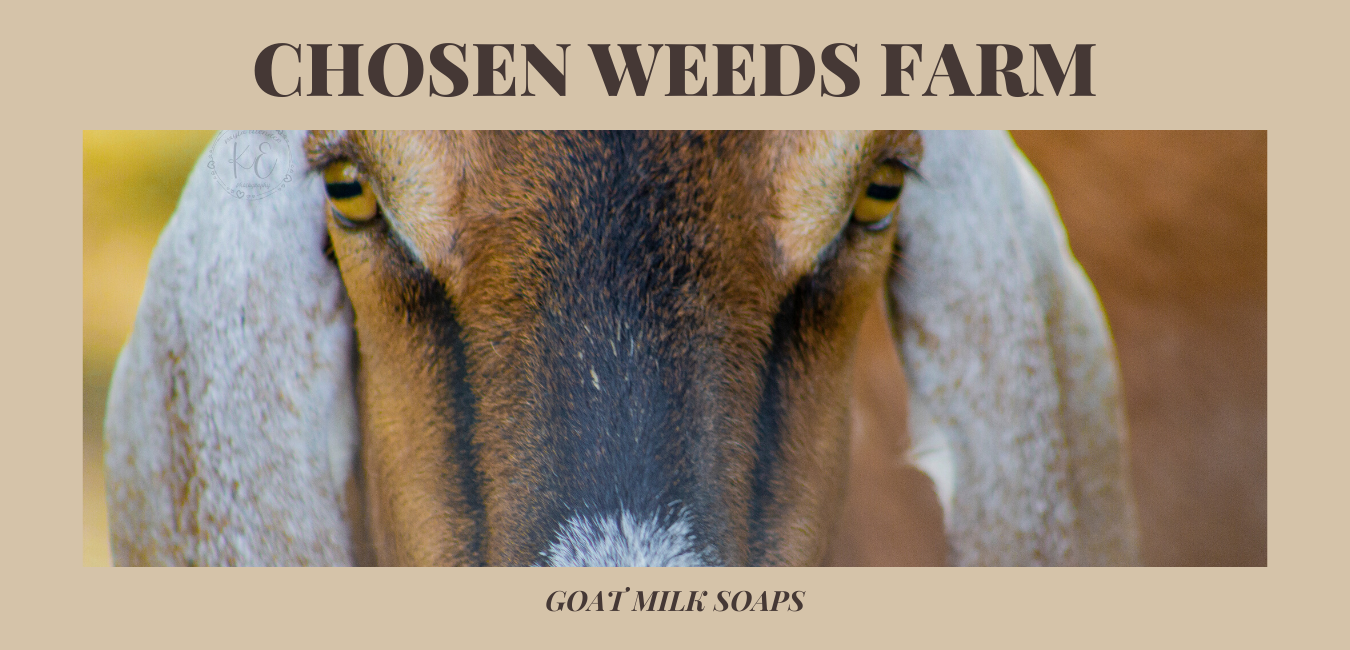Most days I like to take a walk around the neighborhood where I work to give me a break from sitting behind my desk. The security guard often asks me if I’m going grocery shopping. Kind of an odd thing to ask a person, but he knows me well, and knows that I enjoy looking in the sidewalk cracks and crevices and empty lots for things to eat.
There is a whole world right beneath our feet that can sustain us if we take the time to look. There was a time that when I walked down the street or hiked a trail barely noticing the plants that surrounded me. Sure I went to school to be able to identify many of the trees and flowers as part of my degree, but I was never taught to appreciate the value that each plant holds.
Time and experience have given me wisdom and now I see the world differently. Today I see the value in the weeds and I seek them out; not only as sustenance but also for the wisdom they espouse that connects us all in the web of life and teaches us to respect all life as fulling a special purpose.
Today’s walk yielded me a handful of purslane. In some parts of the country (or world) you may know it as pursley, fatweed, pigweed, or verdolaga. It is widely grown in many Asian and European regions as a staple leafy vegetable.

Here, in the US, it is considered a common weed and often expelled from flower and vegetable gardens and sidewalk cracks. But don’t be so quick to eliminate purslane from your yard.
There are some surprising health benefits to this common weed.
- Fresh leaves contain surprisingly more omega-3 fatty acids (a-linolenic acid) than any other leafy vegetable plant. 100 grams of fresh purslane leaves provide about 350 mg of alpha-linolenic acid.
- It is an excellent source ofVitamin A, (1320 IU/100 g, provides 44% of RDA) one of the highest among green leafy vegetables [1].
- Purslane provides six times more vitamin E than spinach and seven times more beta carotene than carrots. It’s also rich in vitamin C, magnesium, riboflavin, potassium and phosphorus [2].
Here are a few ways to prepare purslane. I usually throw it into my magic bullet and blend it with other leafy greens and veggies for a green smoothie in the morning, but you can be more adventurous.
- Fresh, raw leaves can be used as salad and as vegetable juice. It has a fresh taste close to spinach.
- Sautéed and gently stewed stems and leaves served as a side dish with fish and poultry. Use it as a soup thickener as it contains pectin
- Try it as a pesto. I gave this recipe a shot and it was great!
Identifying purslane
Leaves: Leaves are spoon-like in shape and are succulent (fleshy).
Height: Purslane tends to be trailing plant and can grow to 10 cm in height.
Habitat: Purslane is often found thriving in the cracks of sidewalks and driveways even during summer’s heat. It often pops up in container gardens, flowerbeds, gardens, fields, waste ground and roadside.
Edible parts: Leaves, stems and flower buds.
Health note: Purslane is ranked as one of the richest food sources of oxalates, purslane may cause health complications in people susceptible to developing calcium-oxalate kidney stones. In addition, people with certain medical conditions such as Primary Hyperoxaluria and Enteric Hyperoxaluria may be advised to restrict their dietary intake of oxalate-containing foods such as purslane [3].
Sources:
- http://www.nutrition-and-you.com/purslane.html
- http://www.motherearthnews.com/organic-gardening/power-packed-purslane-zmaz05amzsel.aspx
- http://www.healwithfood.org/health-benefits/purslane-nutritional-value.php#ixzz4GD2cwyrJ
